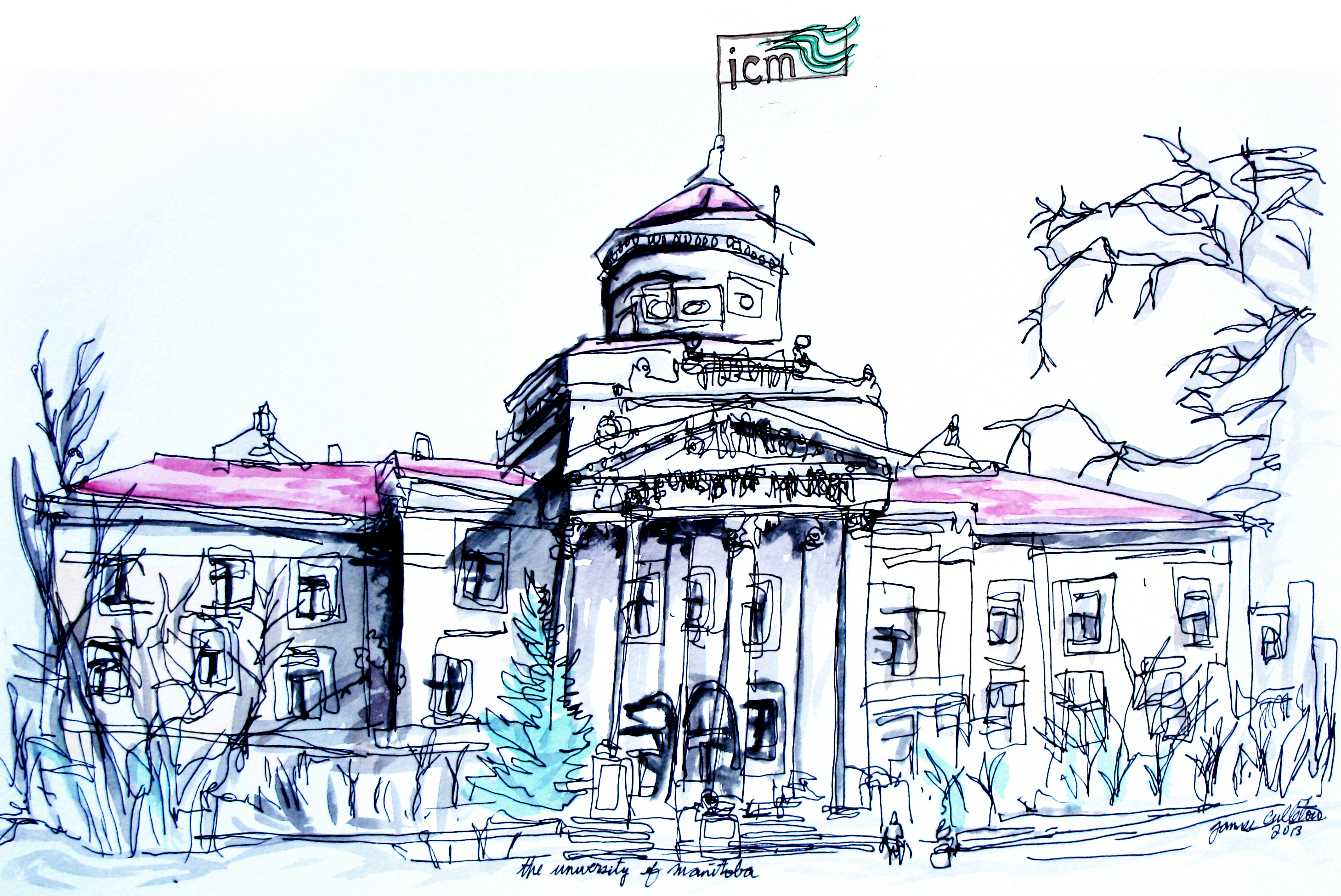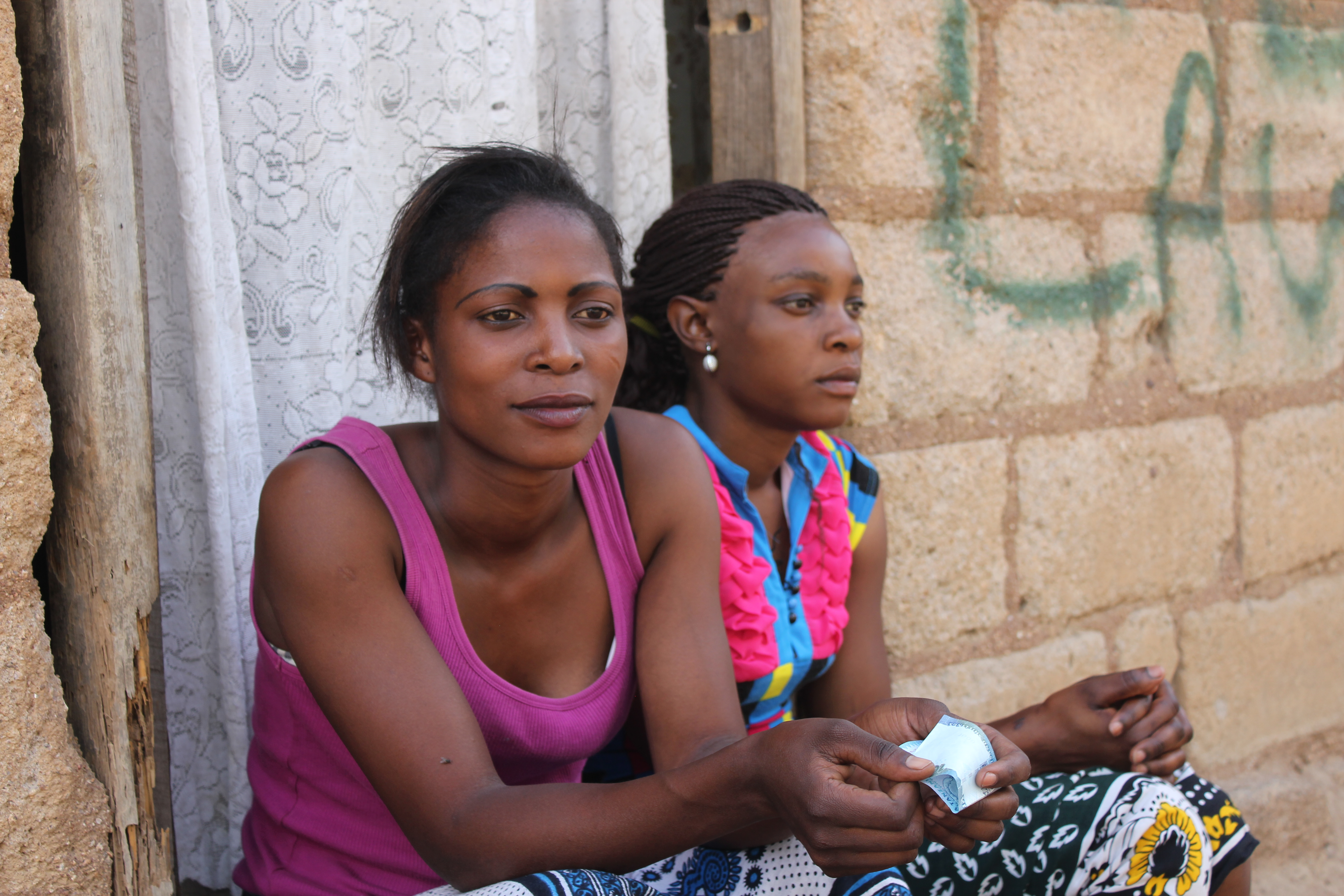A week of intense fighting between Hamas and the Israeli military drew to a close on Nov. 21 with the signing of a ceasefire agreement between the two sides.
The short document totaled well under a full page of text, only vaguely describing the terms of the ceasefire, called on each side to “stop all hostilities” against the other, including the “targeting of individuals” by Israel.
Only two more stipulations in the document pertain to the “agreement of understanding for a ceasefire in the Gaza Strip.”
One guarantees the commencement of negotiations on “facilitating the movements of people and transfer of goods” across borders within 24 hours of the ceasefire coming into effect. The other states that “other matters as may be requested shall be addressed” in the talks following the ceasefire implementation.
Negotiations for the ceasefire took place in Egypt and were facilitated by that country’s new government. Prior to the start of negotiations, many felt skepticism over whether or not Egyptian President Mohamed Morsi could fairly perform as a mediator between Hamas and Israel. Morsi has been affiliated with the Islamist movement the Muslim Brotherhood, of which Hamas was an offshoot.
Nevertheless, Morsi’s and the Egyptian government’s performance in working out the ceasefire was praised by both the United States and the United Nations secretary general Ban Ki-moon.
“President Morsi brings to the office a legitimacy from elections and the ability to reach all sides. I told him that he is uniquely placed among the leaders in the region to bring this crisis to an end through his political leadership,” said Ban in a statement shortly after the ceasefire was announced.
Tami Jacoby, professor of political studies at the University of Manitoba, commented on Egypt’s role in brokering the truce.
“During the Arab Spring, when the new government was brought in, they were talking about rescinding the [1979] peace agreement with Israel. The position Egypt has taken here is a testament to how strong the peace agreement between Egypt and Israel is [ . . . ] Although there may be much rhetoric on the streets, politically it has always been at the level of diplomacy. So it is a good sign that the state is going this route.”
Other key players in negotiation talks included Ban Ki-moon, Palestinian President Mahmoud Abbas, representatives of Turkey and Qatar, as well as U.S. officials including Secretary of State Hillary Clinton.
The process of drawing up a deal was complicated, however, by the refusal of representatives from several states to meet face-to-face. Hamas, as well as Turkey and Qatar, only communicated with Israel through Egypt, while Israel spoke through Egypt and the U.S.
While the agreement thus far appears to be holding, mistrust lingers on both sides, and the truce is a fragile one. In an official statement by Israeli Prime Minister Benjamin Netanyahu, he reinforced his claims that Israel is prepared to take up military actions once again, if need be.
“I realize that there are citizens who expect a harsher military action and we may very well need to do that,” said Netanyahu. “But at present, the right thing for the State of Israel is to exhaust this possibility of reaching a long-term cease-fire.”
“These are really immediate demands that would contribute to a very limited result – a return to a situation that was intolerable for both sides,” said Jacoby about the current ceasefire agreement.
“The issues behind this are not just the buildup along the border, or the tunnels, but the final status issues. And there will be a continuing cycle of violence as long as these issues are not resolved [ . . . ] The utility of the current ceasefire is that it is not possible to negotiate under fire.”
Violent attacks between Israel and Hamas carried on right up to the deadline for the ceasefire. Only hours before the truce was to take effect, a bomb was detonated inside a bus in Tel-Aviv, wounding 21 people. The bomb exploded in close proximity to Israel’s military headquarters. A bomb attack of this type has not been witnessed in Tel Aviv since 2006, in the aftermath of the Second Intifada. The Globe and Mail reported that Israeli police have arrested multiple suspects in the bus bombing.
Israel maintained a steady pace of attacks over Gaza, reportedly hitting over 100 targets, while 31 rockets were fired out of Gaza towards Israel. Almost half of those fired at Israel were shot down by its Iron Dome missile defence system.
Obtaining an accurate death toll for the entirety of the conflict has proven difficult. A report published by the Wall Street Journal stated, “Most counts put the number of Palestinian deaths above 150.” Six Israelis were killed, four of which were civilians.
The latest bout of violence in Gaza was started with Israel’s assassination of Ahmed al-Jabari, a Hamas military leader. Jabari was a central figure in the capture and negotiated release of Israeli soldier Gilad Shalit in 2006. Jabari was killed when his car was struck by a missile on Nov. 14, an attack that also killed eight others.
Shortly after the killing of Jabari, the Israeli Defence Forces (IDF) released a statement claiming “the purpose of this operation was to severely impair the command and control chain of the Hamas leadership, as well as its terrorist infrastructure.”
Jabari’s killing was part of a “widespread campaign on terror targets in the Gaza Strip” undertaken by the IDF called Operation Pillar of Defence.
Jacoby explains that the targeted killing of Hamas military personnel is nothing new for the IDF and is only superficially responsible for the outbreak of violence.
“Israel has long seen targeted assassinations as the superior alternative to going to war. Palestinians see it differently. This was a revered military hero [ . . . ] It’s not that the violence resulted from this one incident. It was always there simmering.”



